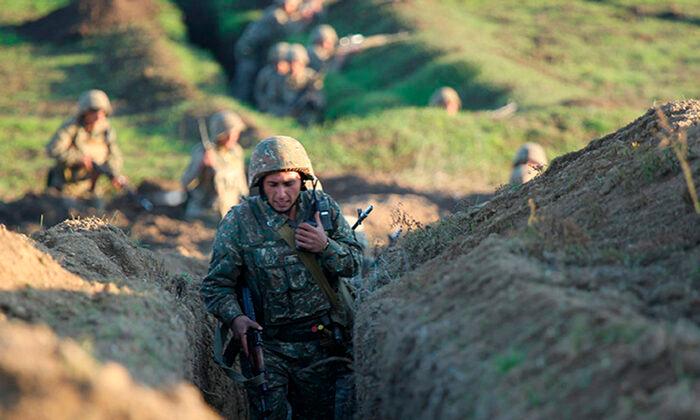YEREVAN, Armenia—Clashes resumed between Armenian and Azerbaijani forces on the South Caucasus nations’ shared border on July 16, with both sides blaming each other for attacks that continue the worst outbreak of hostilities in years.
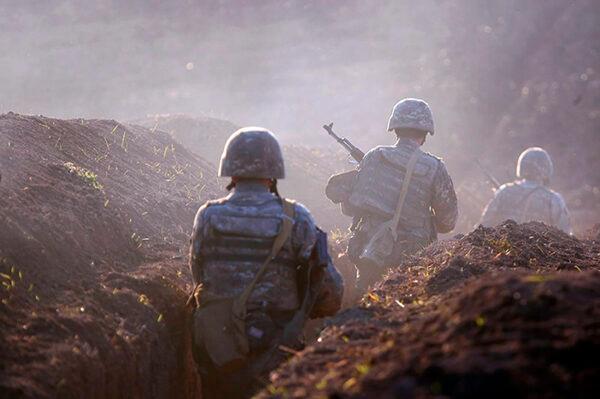
Armenia’s Defense Ministry accused Azerbaijani forces of trying to infiltrate the country. Ministry spokeswoman Shushan Stepanyan said that Armenian forces were able to deter the attack.
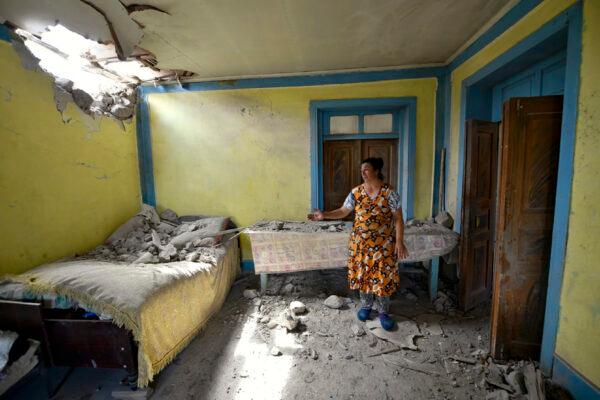
A statement released by Azerbaijan’s Defense Ministry said the Armenian military attacked Azerbaijani forces on July 16, firing at several settlements with large-caliber weapons and mortars. Officials in both countries said the fighting has continued.
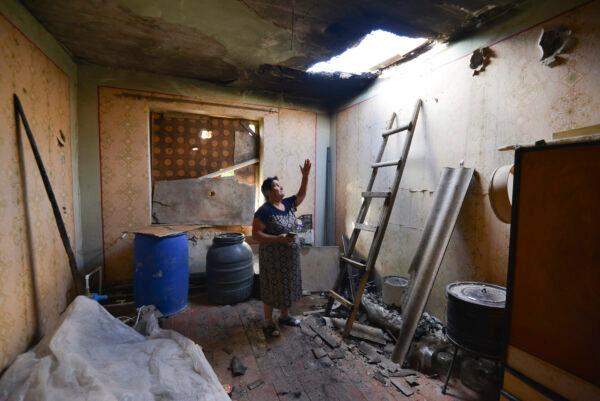
Skirmishes on the volatile border began on July 12, killing at least 16 people by July 14. Azerbaijan said it has lost 11 servicemen and one civilian in three days of fighting, and Armenia said four of its troops were killed July 14.
Armenian officials said July 16 that 20 servicemen have been injured since July 12, including one in grave condition.
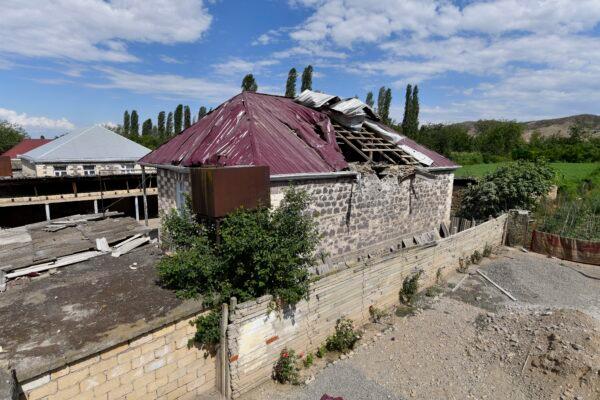
The neighbors have been locked in conflict over Nagorno-Karabakh, a region of Azerbaijan that has been under the control of ethnic Armenian forces, backed by Armenia, since a war there ended in 1994. International efforts to settle the conflict have stalled.
Armenian and Azerbaijani forces have frequently engaged in clashes. The current skirmishes appear to be the most serious spike in hostilities since 2016, when scores were killed in four days of fighting.
The latest incident began July 12, when Armenian and Azerbaijani troops exchanged fire in the northern section of their border.
The United States and Russia, which co-chair the Minsk group of the Organization for Security and Cooperation in Europe that has tried to negotiate a settlement of the conflict, condemned the violence and called for restraint.
Turkey, which has close ethnic and cultural ties with Azerbaijan, has voiced strong support to Baku in the conflict. On July 16, Turkish Defense Minister Hulusi Akar met with Azerbaijan’s deputy defense minister and air force commander, Ramiz Tahirov, in Ankara and condemned “the vile attack” on Azerbaijan’s Tovuz district.
“They (Armenians) will be crushed and drown in this plot they have created and they will definitively pay for what they did,” Akar said after the meeting. “We will continue to stand with our Azerbaijani brothers in the face of such attacks, as we have always done.”
